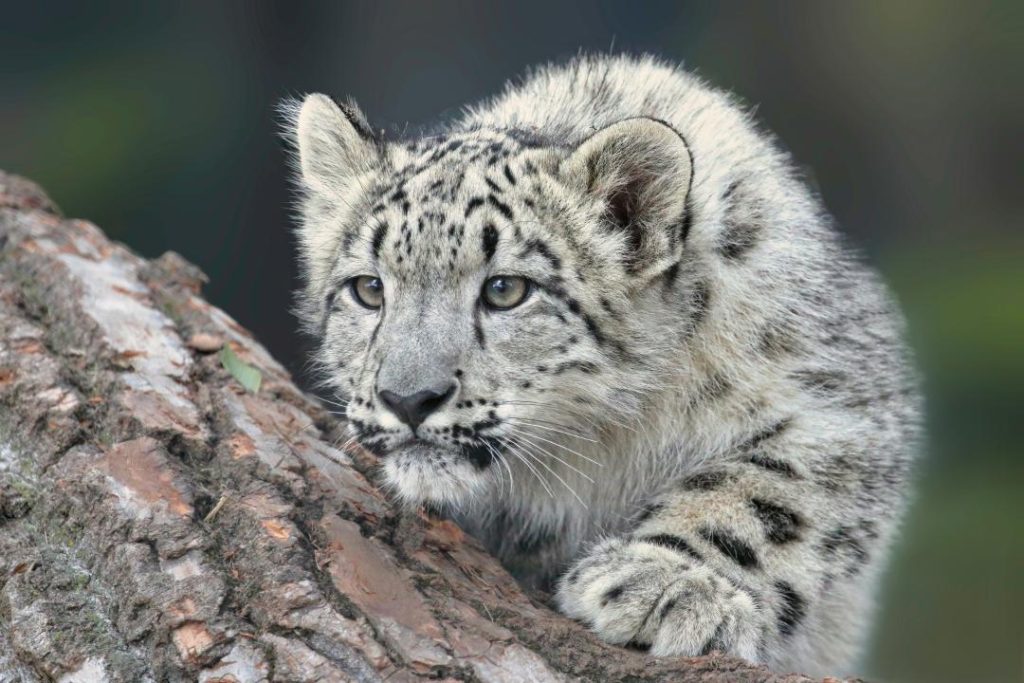
Understanding Snow Leopard Conservation Efforts
The snow leopard, also known as the “ghost of the mountains,” is an elusive and majestic creature that roams the high-altitude regions of Central Asia. With its thick fur and piercing gaze, it is a sight to behold for those lucky enough to catch a glimpse of it. However, the snow leopard’s population has been declining due to various threats such as habitat loss, poaching, and human-wildlife conflict. In recent years, conservation efforts have been underway to protect this majestic creature, and a recent study in Ladakh has provided groundbreaking insights into snow leopard populations.
A Recent Study in Ladakh: A Game-Changer
In a recent study published in the journal “Conservation Biology,” a team of researchers from the Wildlife Institute of India (WII) and the Ladakh Ecological Research Centre (LERC) conducted the most extensive survey of snow leopards in Ladakh. The study, which was published in the journal “Conservation Biology,” provides a comprehensive overview of snow leopard populations in the region.
The study, which was led by Dr. Yadvendradev Jhala, a senior scientist at WII, used a combination of traditional fieldwork and advanced technology to estimate the population of snow leopards in Ladakh. The researchers used camera traps, hair snares, and other techniques to collect data on the presence and distribution of snow leopards in the region.
The study found that the total population of snow leopards in Ladakh is approximately 477 individuals, which is significantly higher than previous estimates. The researchers also identified key habitats and corridors that are crucial for the survival of snow leopards, and highlighted the importance of protecting these areas from human activities such as mining, infrastructure development, and tourism.
Combining Traditional Fieldwork with Advanced Technology
What sets this study apart from previous research is the combination of traditional fieldwork with advanced technology. The researchers used a range of techniques, including camera traps, hair snares, and genetic analysis, to collect data on snow leopard populations. This approach allowed them to gather more accurate and comprehensive data than would have been possible with traditional fieldwork alone.
Camera traps, for example, are an effective way to monitor wildlife populations, as they can capture high-quality images of animals and provide valuable insights into their behavior and distribution. Hair snares, on the other hand, are used to collect hair samples from animals, which can be analyzed to determine their genetic makeup.
By combining these techniques with traditional fieldwork, the researchers were able to gather a vast amount of data on snow leopard populations, which they used to estimate the population size and identify key habitats and corridors.
Effective Conservation Strategies
The study’s findings have significant implications for snow leopard conservation efforts. By identifying key habitats and corridors, conservationists can focus their efforts on protecting these areas and ensuring the long-term survival of snow leopards.
The study’s results also highlight the importance of combining traditional fieldwork with advanced technology in conservation efforts. By using a range of techniques, researchers can gather more accurate and comprehensive data, which can inform effective conservation strategies.
The Impact of Human-Wildlife Conflict
Snow leopards are also vulnerable to human-wildlife conflict, which occurs when humans and wildlife come into contact and compete for resources. In Ladakh, human-wildlife conflict is a significant threat to snow leopard populations, as they often come into conflict with livestock and crops.
To mitigate this conflict, conservationists are working with local communities to develop sustainable livelihoods and alternative land uses. This includes initiatives such as agroforestry, which involves planting crops and trees together to reduce the risk of crop damage and provide habitat for wildlife.
Conclusion
The snow leopard is an iconic and elusive creature that plays a vital role in maintaining the balance of ecosystems in Central Asia. However, its population is declining due to various threats such as habitat loss, poaching, and human-wildlife conflict.
A recent study in Ladakh has provided groundbreaking insights into snow leopard populations, and highlights the importance of combining traditional fieldwork with advanced technology in conservation efforts. The study’s findings have significant implications for snow leopard conservation efforts, and demonstrate the effectiveness of using a range of techniques to gather data and inform conservation strategies.
News Source:
https://researchmatters.in/news/most-extensive-survey-elusive-snow-leopards-undertaken-ladakh






